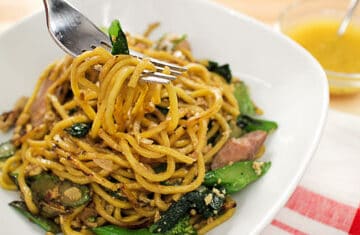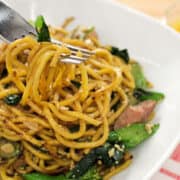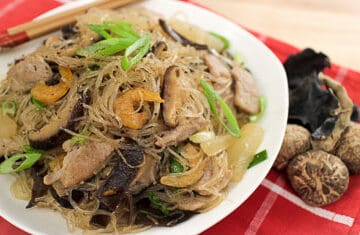A Classic Street Food
These meatballs are what you would find in Asian noodle soups, hot pot, or grilled on a stick. In Thailand, this is not something most people make at home, but rather something you buy. Kind of like sausages in the West; some people do make them at home, but for the most part it's something one buys from the store.
However, it's not hard to make at all, and definitely easier than making sausages because there is no casing to fuss with! You do need a good food processor to get the meat super fine, and a bit of patience in getting the hang of forming the meatballs.
Forming Meatballs by Hand
Commercial meatballs are made by machine, but back in the day they used to be made by hand. In this video I show you how to do the classic hand squeezing technique, but if you don't care much about how smooth and round they look, you can simply form them into lumps with two spoons. You can also use a smaller disher (one of those spring-loaded scoopers).
Watch this 7-min video of me just forming the meatballs by hand! I made this video for those who want to see the technique several times over, so you don't have to keep rewinding the video. You can have it playing in the kitchen while you make the meatballs, and it'll be like we're doing it together 🙂

Substituting Other Meats
In Thailand pork is the most popular kind of look chin, hence this recipe. But you can use the same recipe and make beef or chicken meatballs instead. For the pork ones I'm using lean ground pork because fatty ground pork yields meatballs that are too soft. But if using beef, do not use lean or the balls will be too firm as I discovered myself. Beef is a chewier meat so it needs a bit more fat to help tenderize. I have never made them with chicken, but I suspect that you would need to use lean chicken because chicken is a tender meat.
What to Use Look Chin For?
These are SO versatile! Here are some ideas:
- You can put them into noodle soups. You can even use the cooking liquid as the base for your broth.
- Skewer and grill them. You can find these skewered look chin at many open air markets in Thailand. See recipe for the dipping sauce.
- Eat them straight up like appetizers (think cocktail wieners), you can use the dipping sauce in the recipe provided.
- Add them into any soups, stews, or curries.
- Use them in stir-fries.
- Put them in a hot dog bun and dress it like you would a regular hot dog. I have tried this, it's awesome!
- Can't use them up? Freeze them!
Watch The Full Video Tutorial!
All my recipes come with step-by-step video tutorials with extra tips not mentioned in the blog post, so make sure you watch the video below to ensure success - and if you enjoy the show, please consider subscribing to my YouTube channel. Thank you!
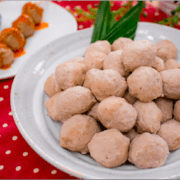
Homemade Asian Pork Meatballs (look chin moo)
Ingredients
Look Chin
- 1 tsp black peppercorns
- 5 cloves garlic
- 500g lean ground pork
- ½ tsp salt
- 2 Tbsp soy sauce
- 1 Tbsp + 1 tsp sugar
- 2 Tbsp tapioca starch
- ½ teaspoon baking powder
- 100g ice cubes
Dipping Sauce for Look Chin (Nam Jim Look Chin)
Want to save this recipe?
Instructions
- Grind peppercorns in a mortar and pestle into a powder, then add garlic and pound into a fine paste.
- Add the garlic paste and all remaining ingredients, except the ice cubes, into a food processor.
- Process the pork until very smooth, adding ice cubes gradually as the machine grinds. Stop to scrape 2-3 times to make sure everything is evenly ground.
- Once the pork looks very fine (about 5 minutes on my machine) transfer into a bowl.
- In a large pot, add water so that it's about half full. Heat the water on high just until there is steam coming off the top but there is no bubbling in the water. Once this is reached, turn heat down to low to maintain the temperature.
- Using the technique shown in the video, form the meatballs and place them into the hot water one at a time until you have finished. If you want to see the technique over and over again without having to rewind, watch this 7-min video of me just squeezing meatballs! Keep an eye on the temperature to make sure the water isn't bubbling. If you don't need them to be round, you can just use two spoons to form a lump and plop them into the water, or you can also use a small disher.
- Once all the meatballs are in the water, let them cook for another 10-15 minutes until the last meatballs are cooked through. TIP: Make the last few meatballs a bit misshapen so you can easily identify them and use them to check doneness.
- Once done, remove them with a slotted spoon. They're now ready to use!
- Save the cooking water to make soup because it's now very flavourful. I usually just season it more and use it to make noodle soup which I serve with the meatballs I've just made.
To make grilled, skewered meatballs (look chin ping)
- Soak the skewers in water for at least a few hours, preferably overnight.
- Skewer the meatballs.
- Grill on medium heat, flipping them as needed, until browned on both sides. Alternatively, place them under the oven broiler (high setting) until browned, then flip to brown the other side. To prevent the skewers from burning under the broiler you can cover the exposed part of the skewers with foil; if grilling you and place a sheet of foil under the exposed skewers.
- Serve with look chin dipping sauce.
- For the dipping sauce: Combine sweet chili sauce and sriracha, starting with the ratio of 2 parts sweet chili sauce and 1 part sriracha. Taste and adjust to your taste.



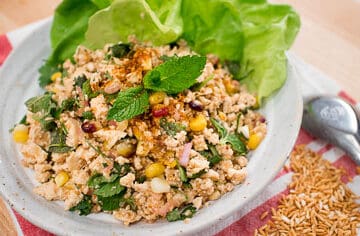

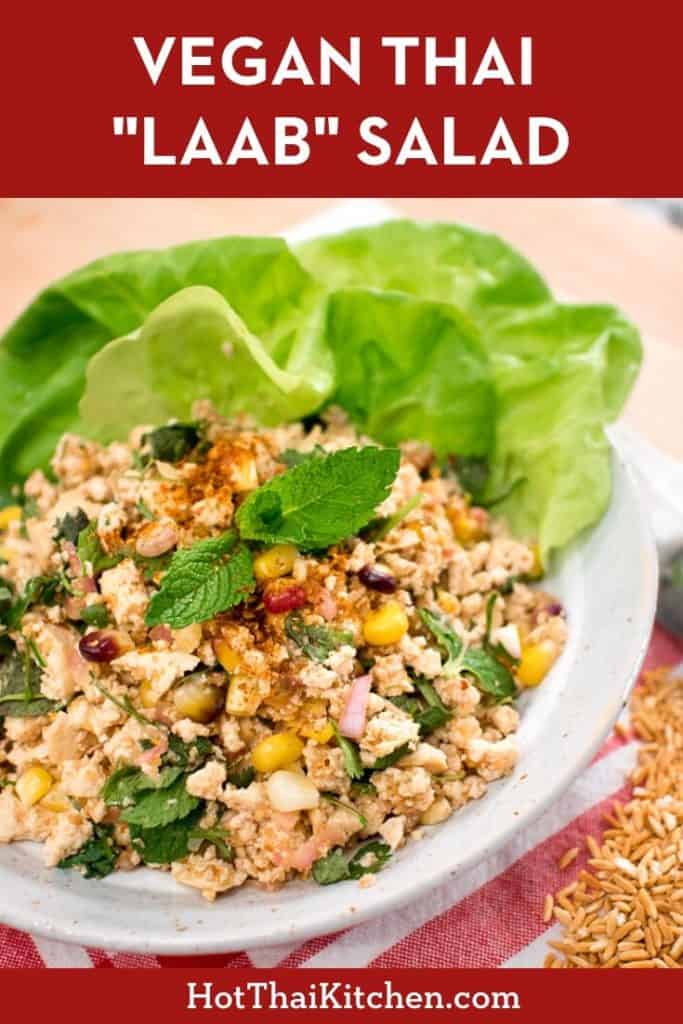



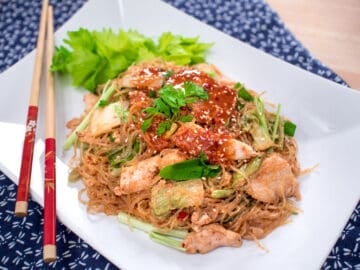
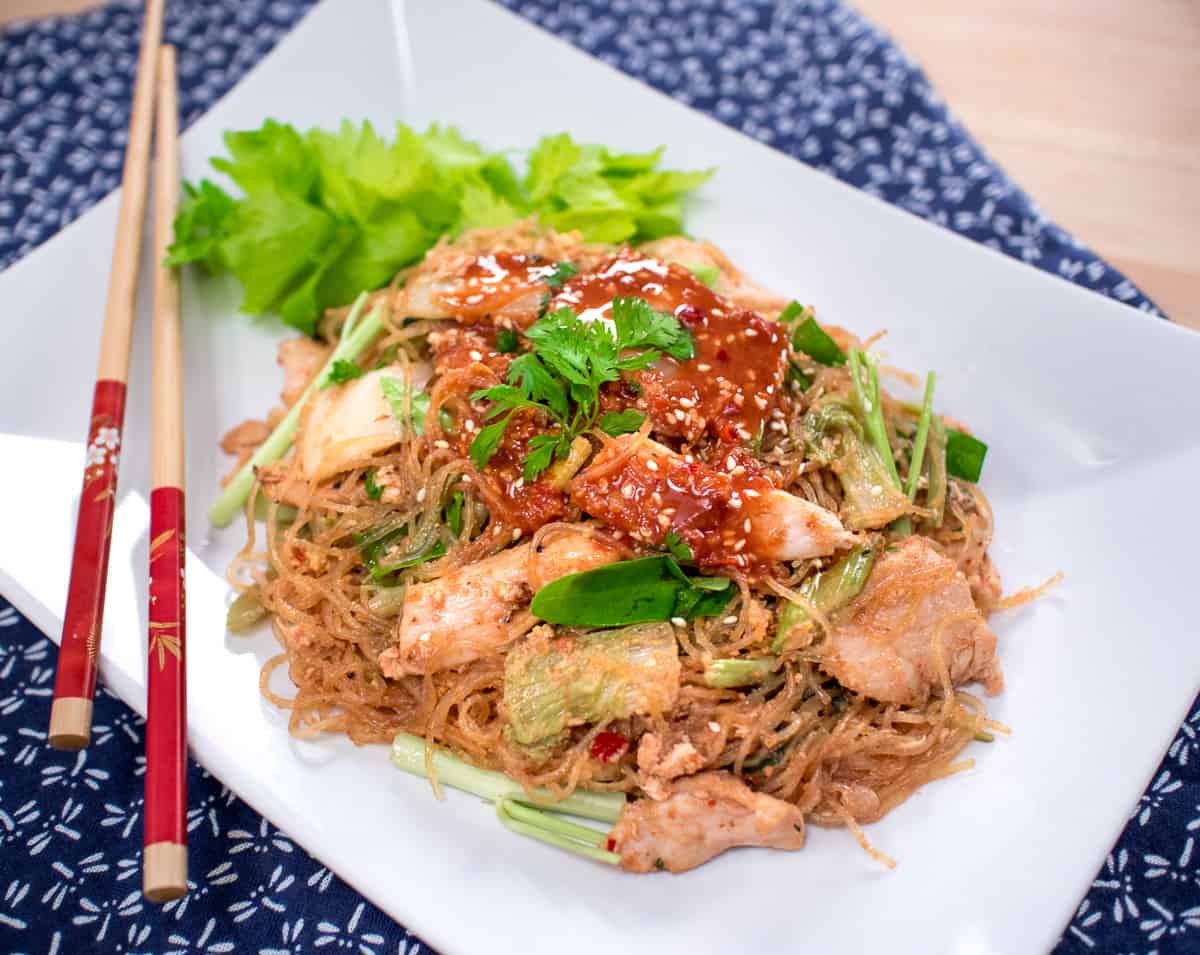
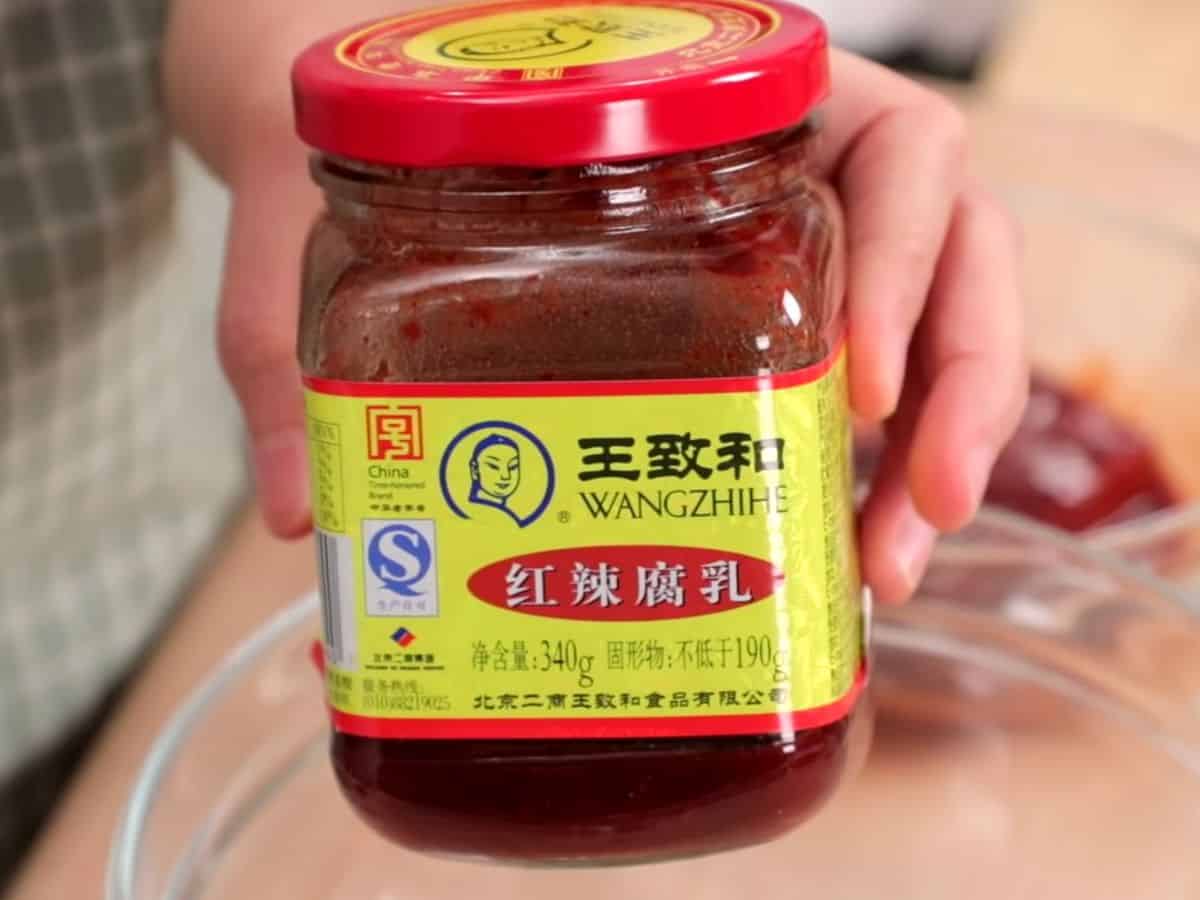




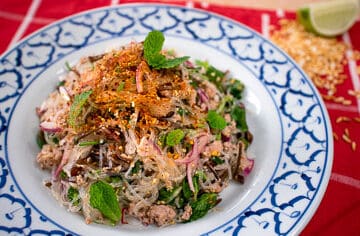
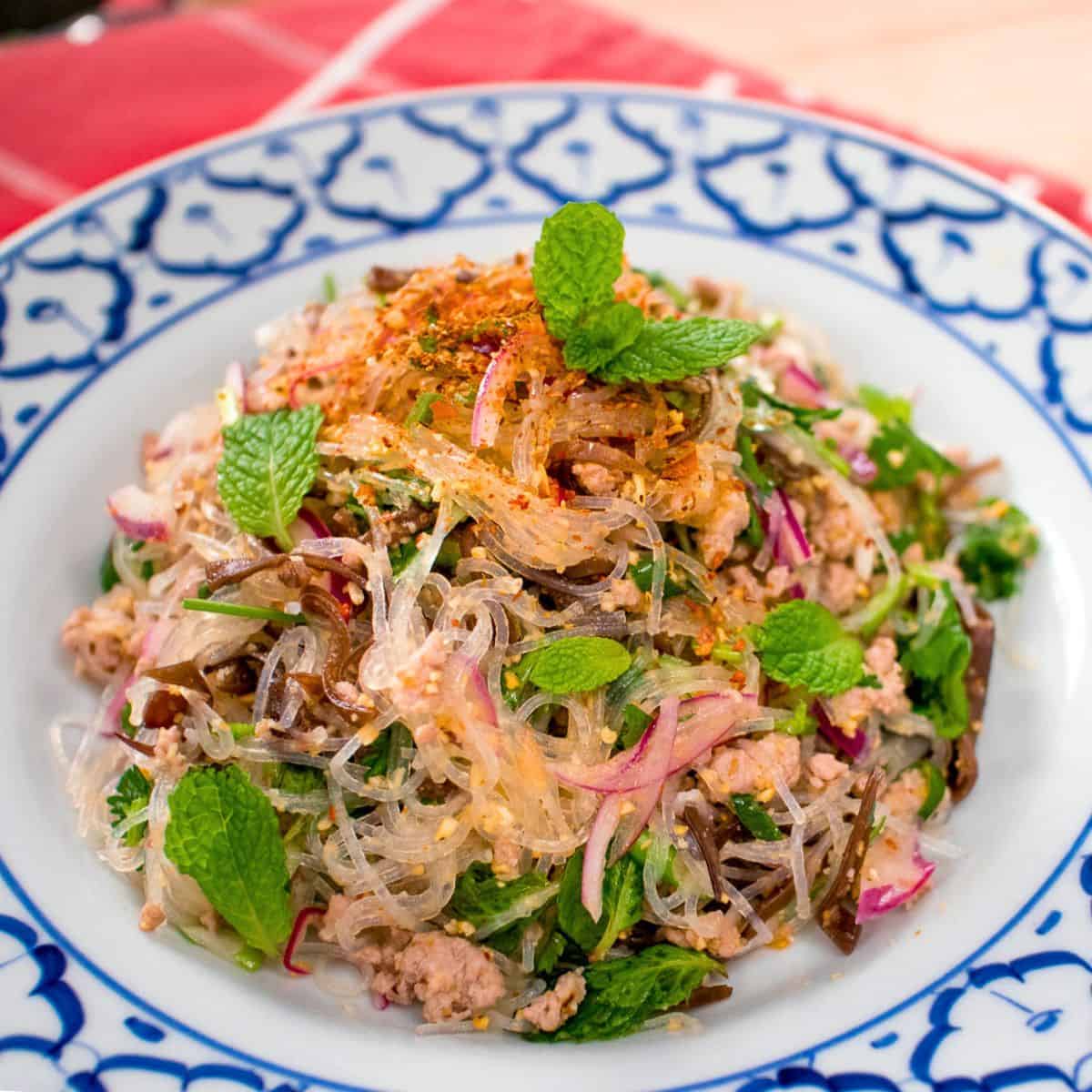





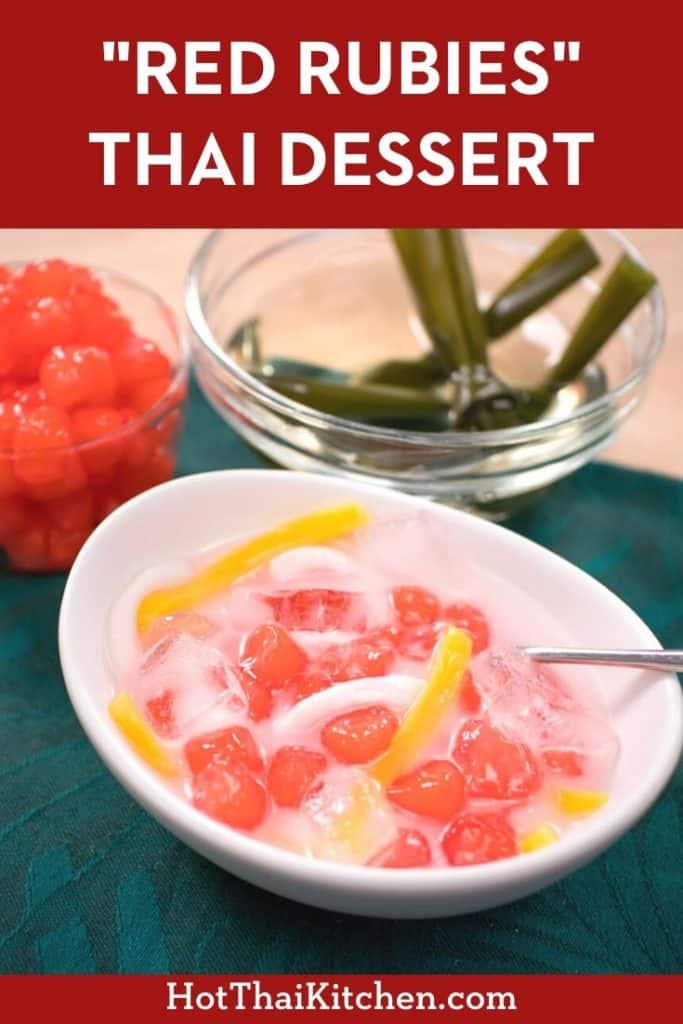





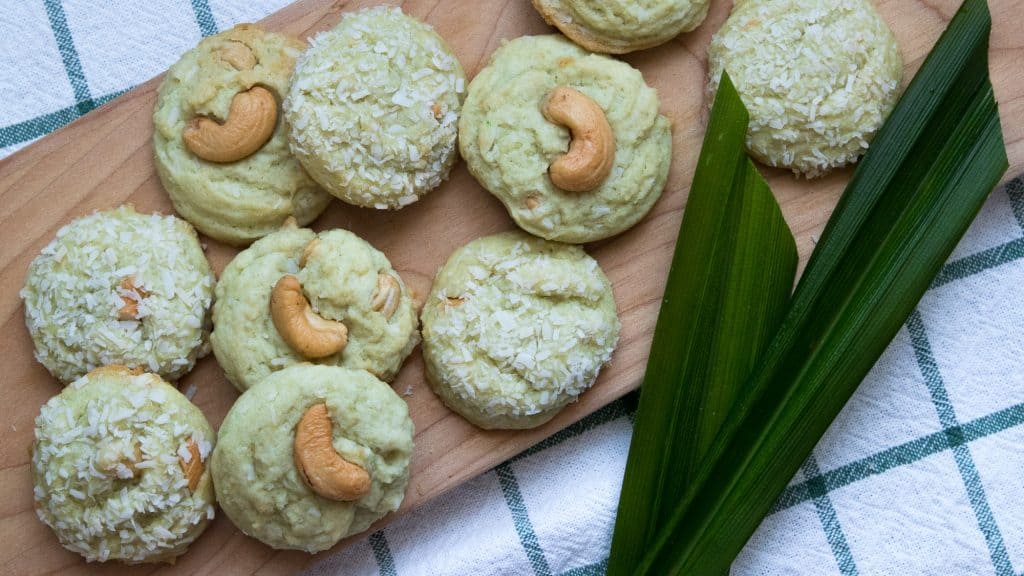
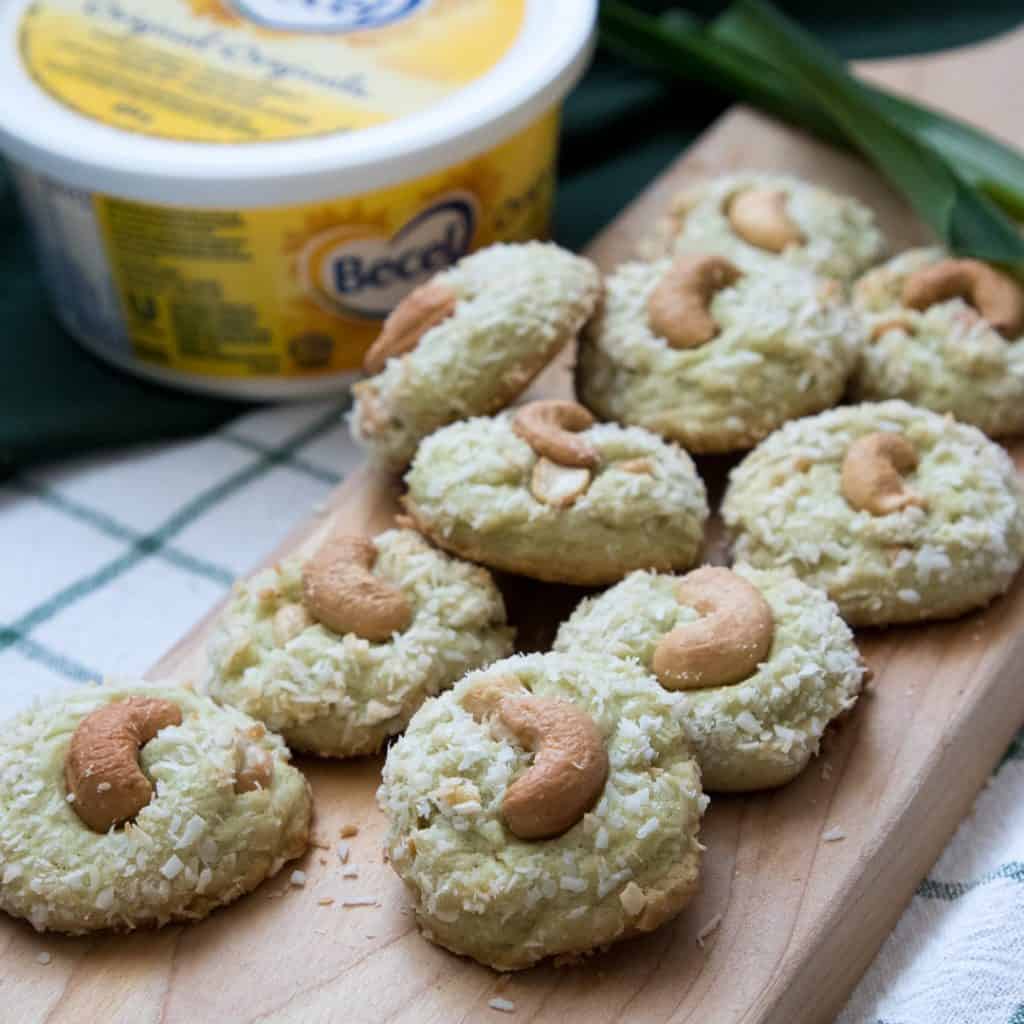





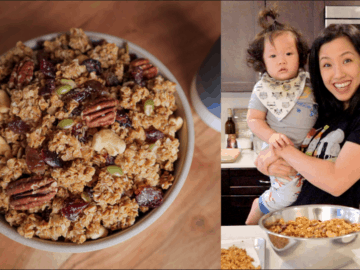




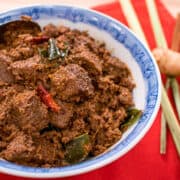

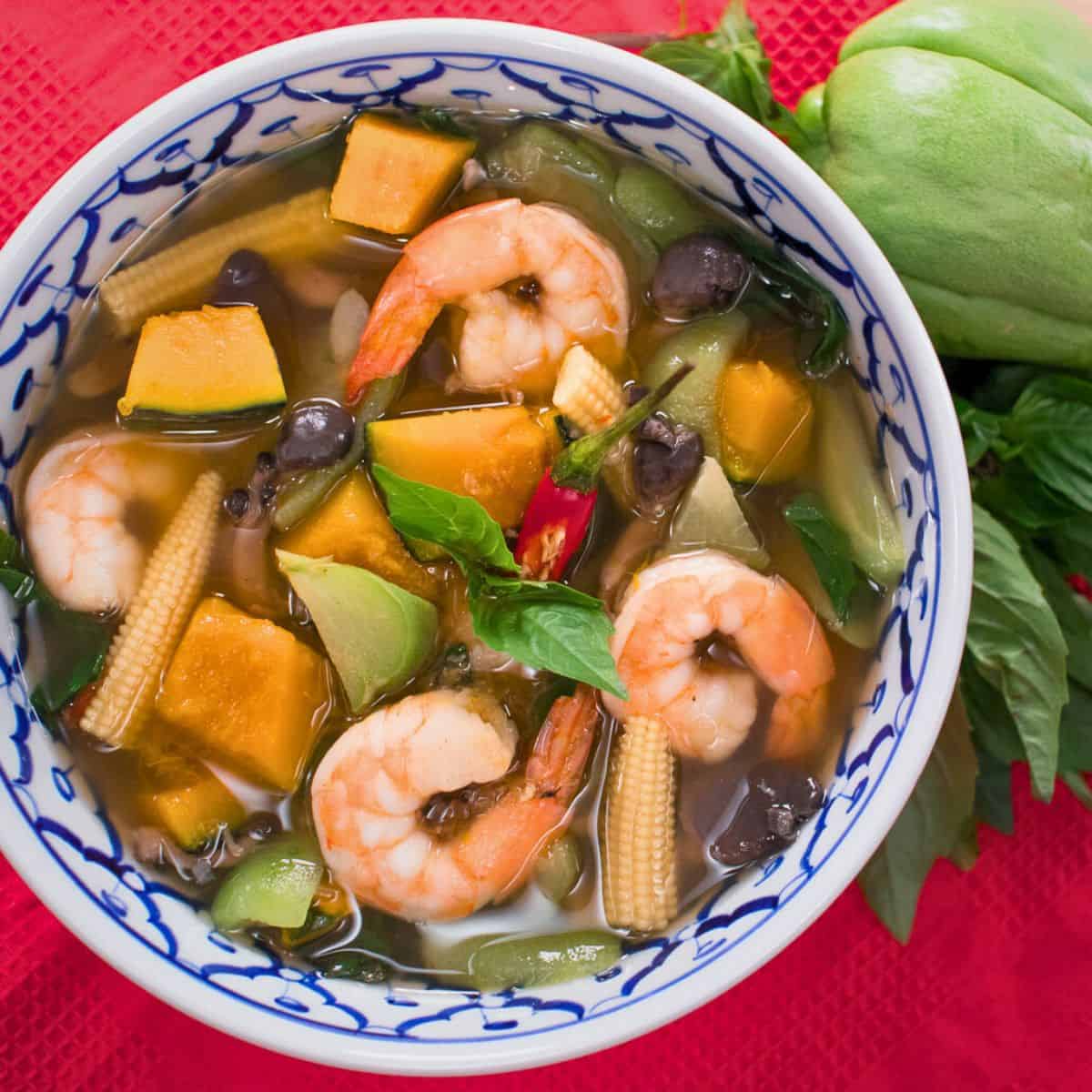

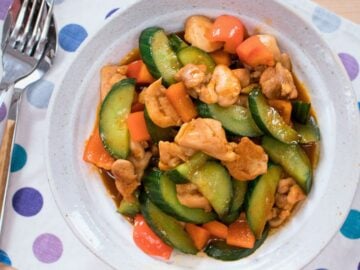
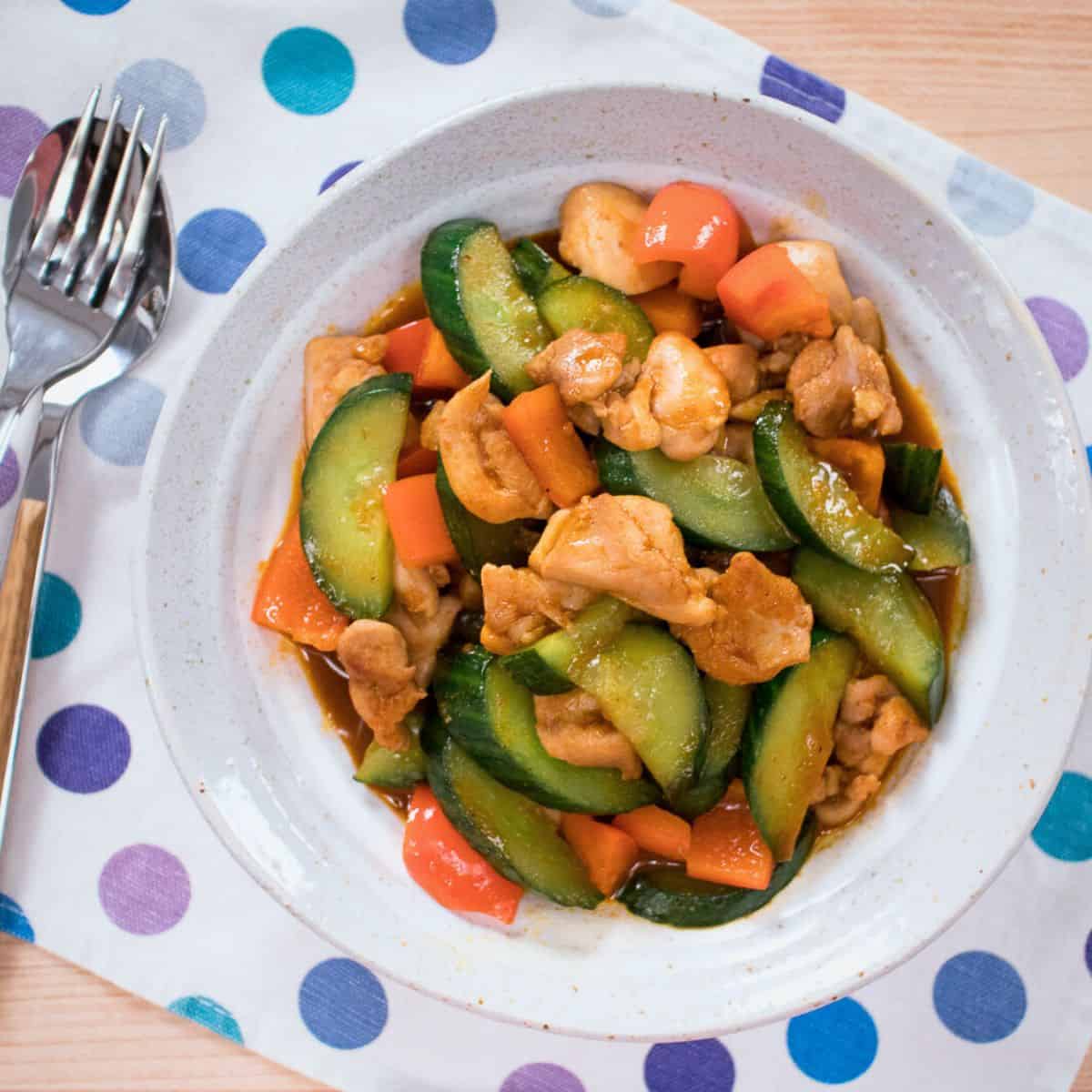
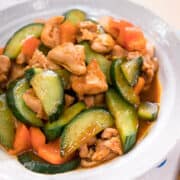

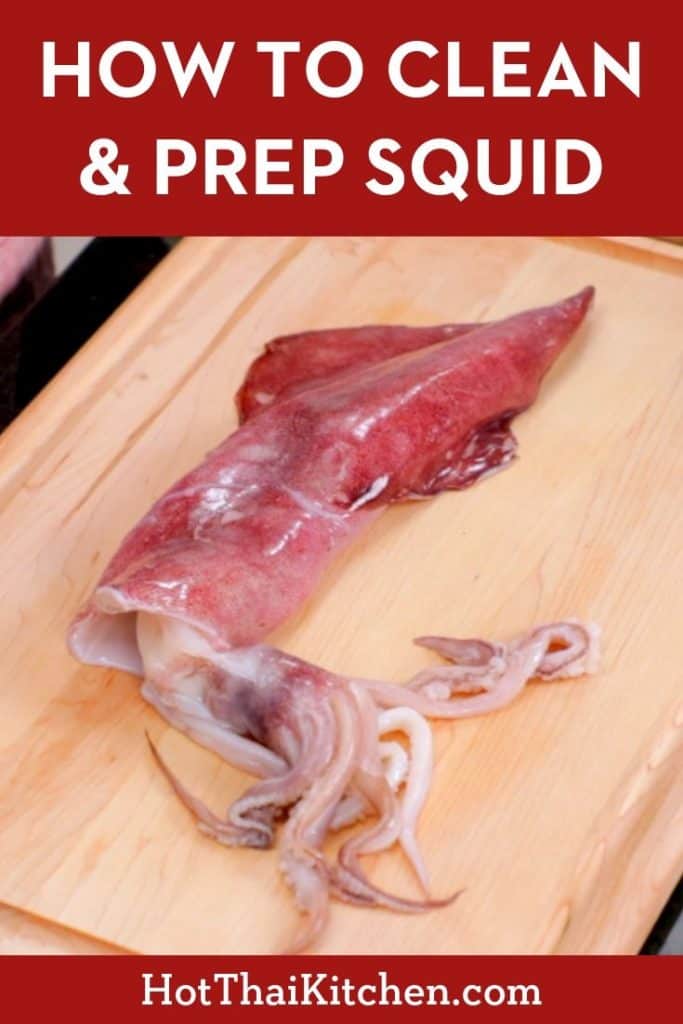
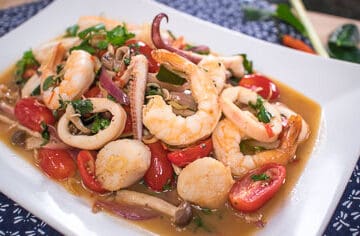
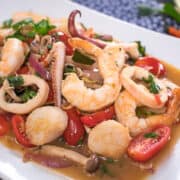
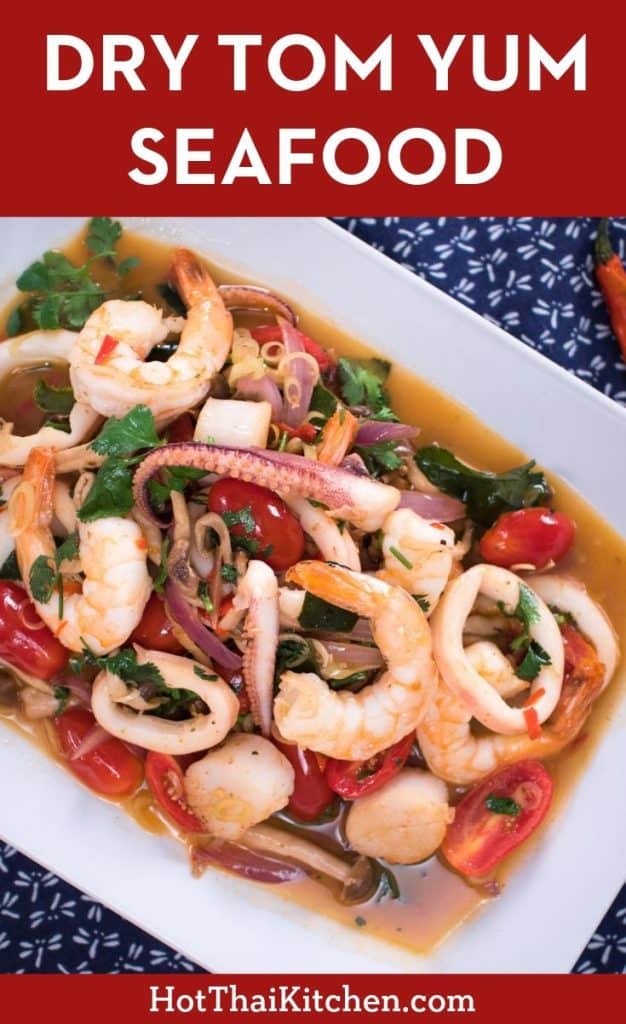
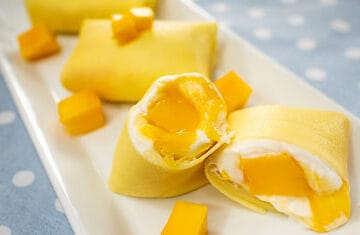
 Improving Upon the Classic
Improving Upon the Classic


 This video is sponsored by the Thai Trade Centre Vancouver
This video is sponsored by the Thai Trade Centre Vancouver
